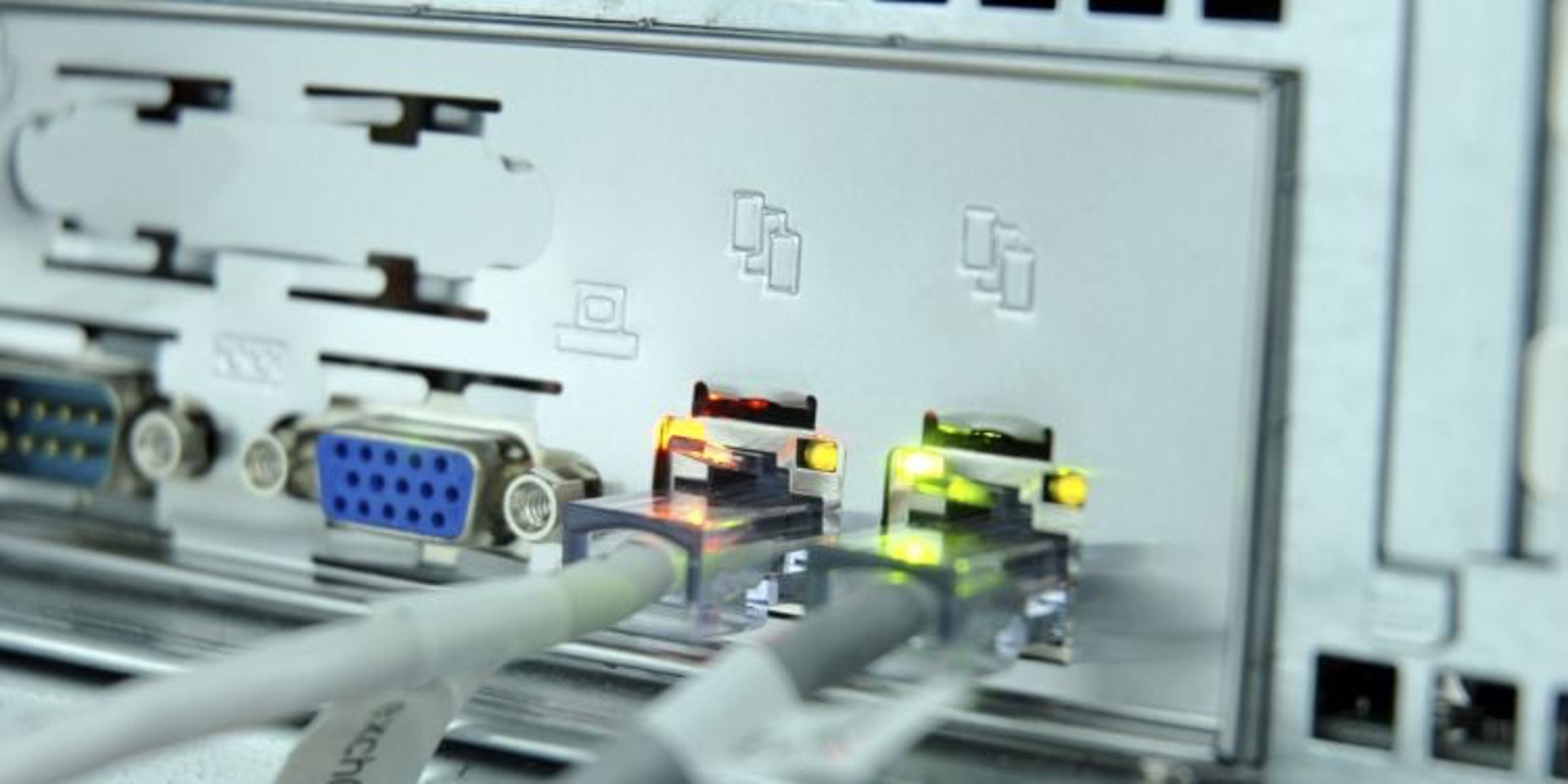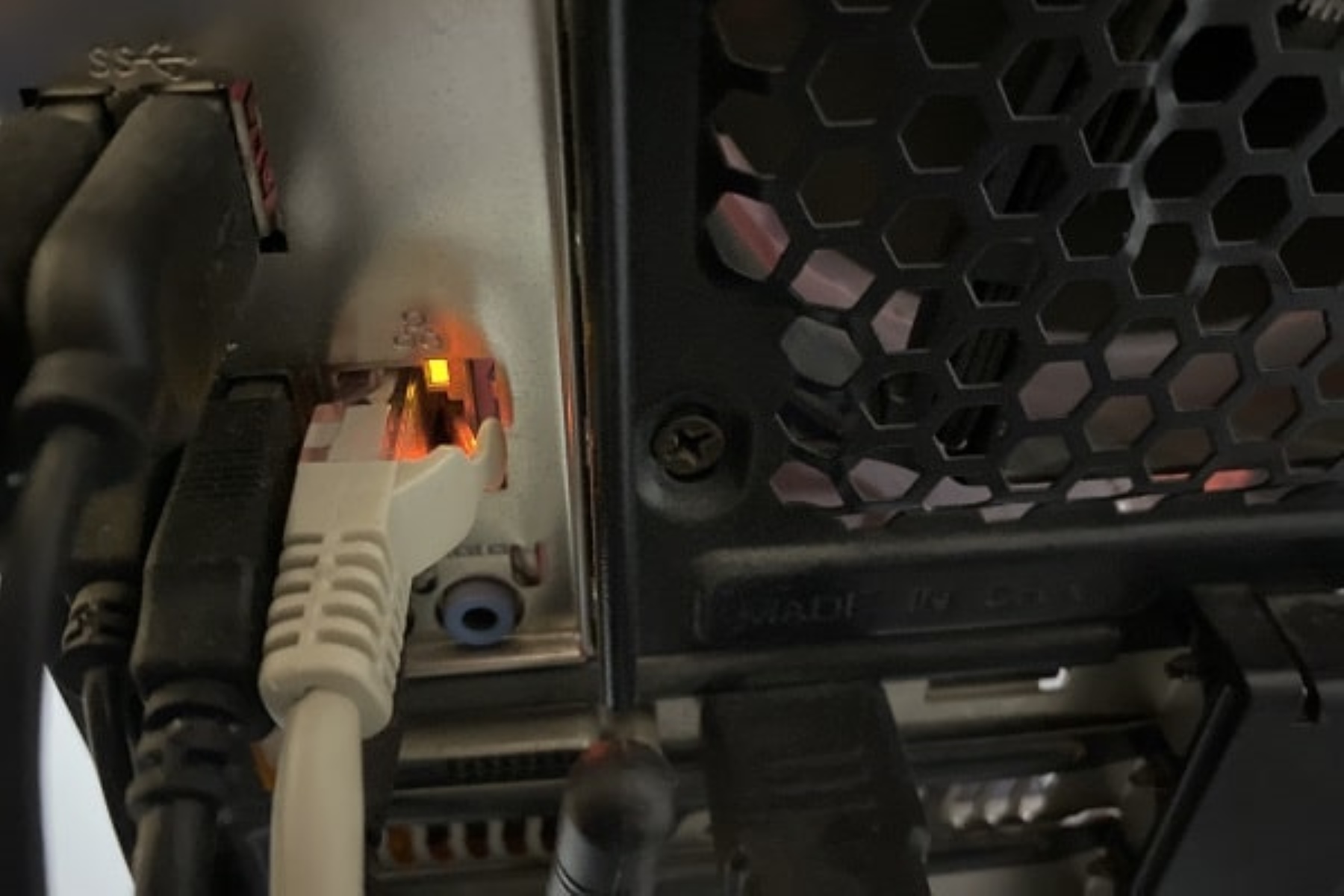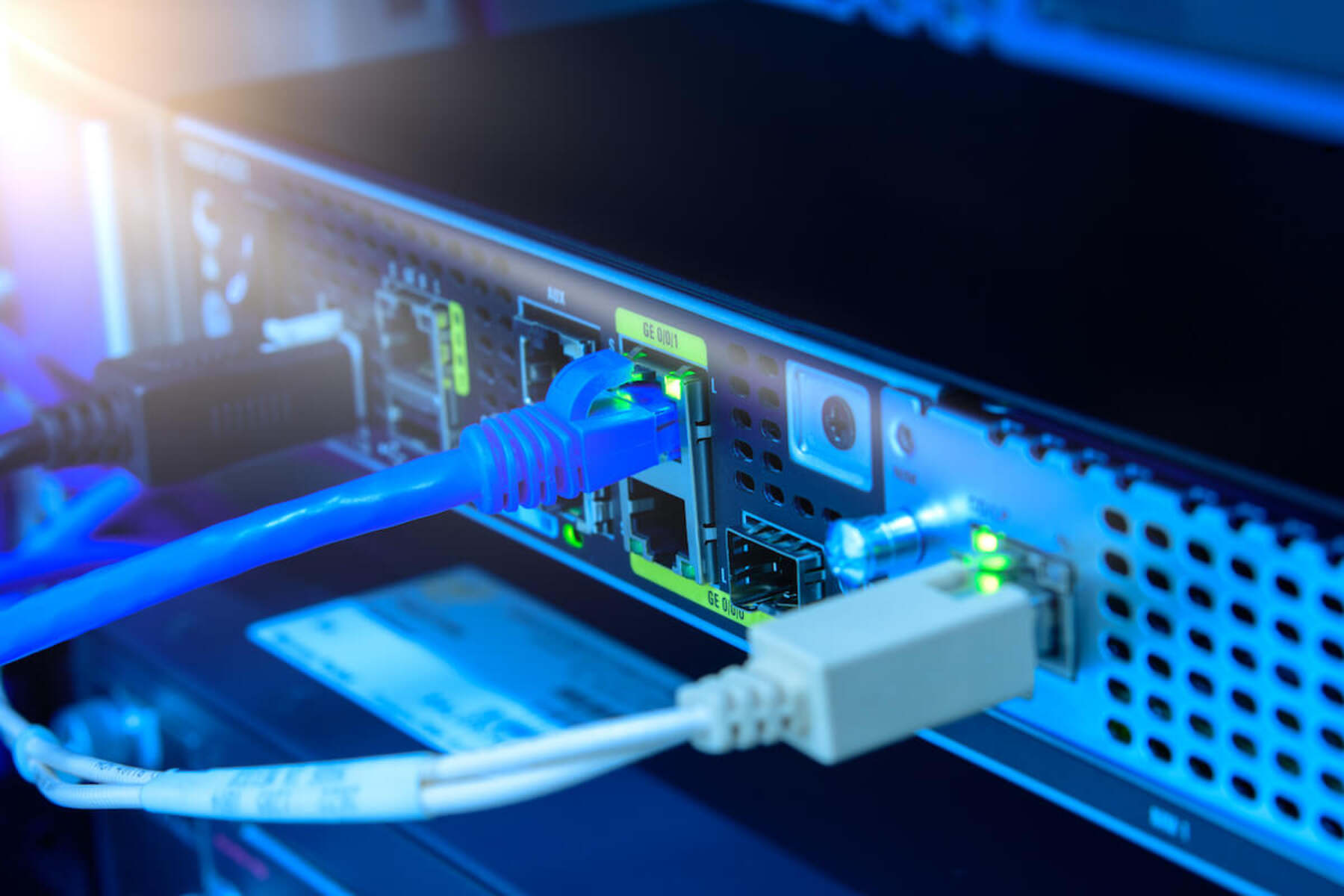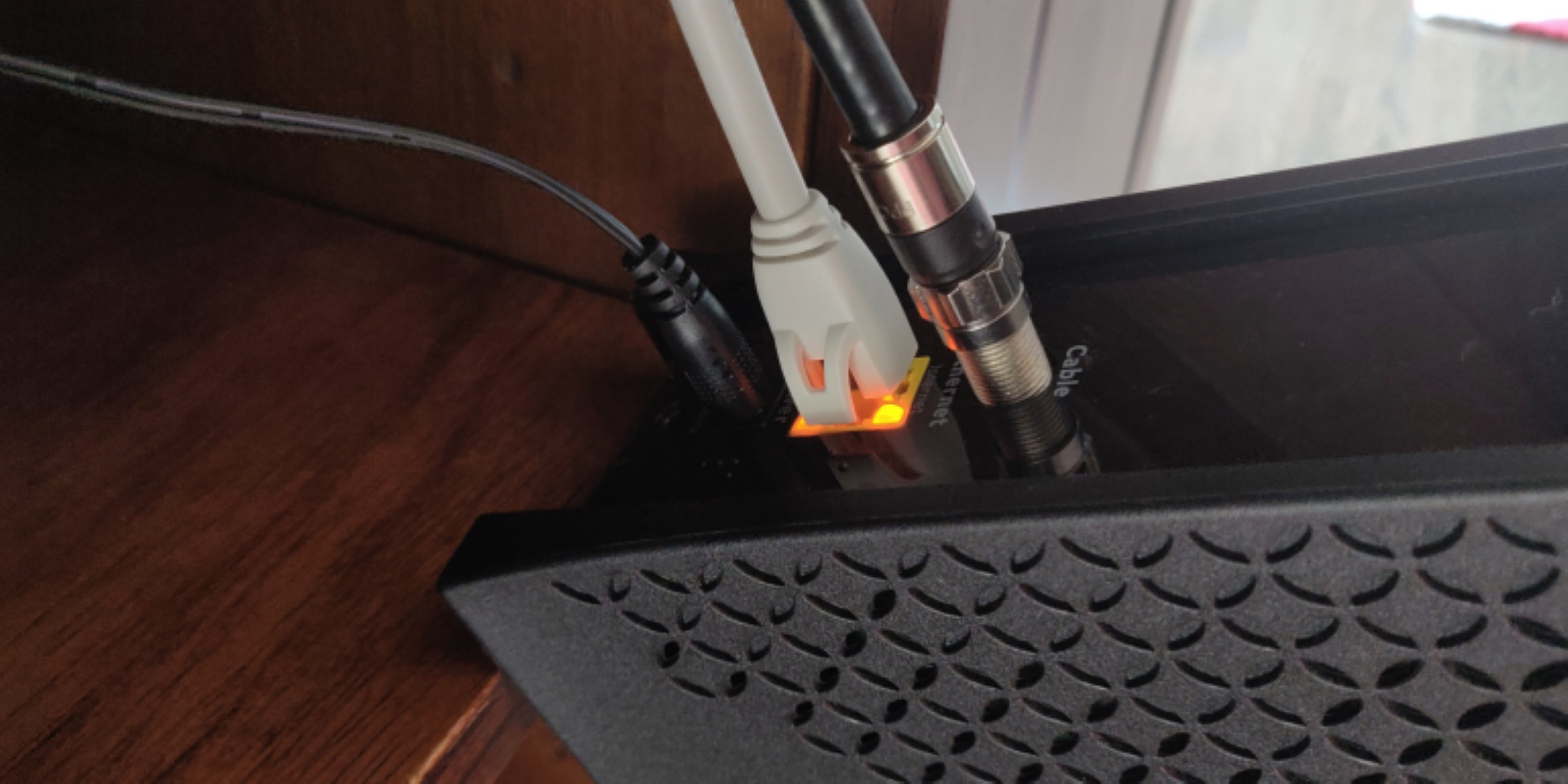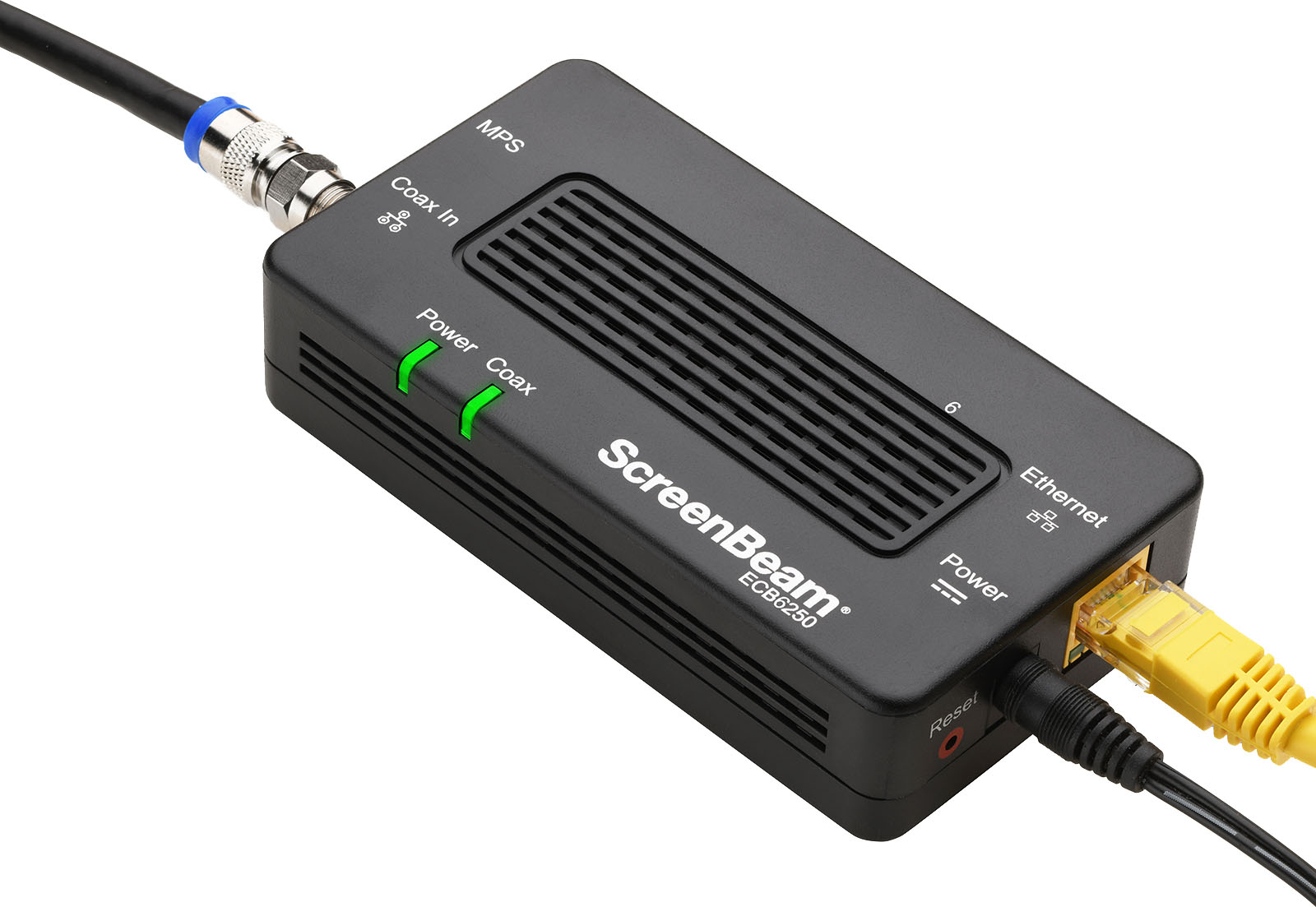Introduction
Understanding the functionality of network switches is crucial in maintaining a reliable and efficient network infrastructure. These devices play a pivotal role in directing data traffic within a network, ensuring that information is seamlessly transmitted between connected devices. When observing the status lights on a network switch, the appearance of an orange light may raise questions and concerns regarding the device's operational state. In this article, we will delve into the significance of the orange light on a network switch, exploring its implications and potential causes.
Network switches are indispensable components of modern networking setups, serving as intermediaries that facilitate the exchange of data between devices. Their robust capabilities enable them to manage and direct traffic, optimizing network performance and enhancing connectivity. However, when the orange light on a network switch becomes illuminated, it signifies a deviation from the standard operational status, prompting the need for investigation and potential troubleshooting.
In the subsequent sections, we will unravel the meaning behind the orange light on a network switch, shedding light on the common reasons for its activation and providing insights into troubleshooting methods. By gaining a comprehensive understanding of this indicator, network administrators and users can effectively address any underlying issues, thereby ensuring the smooth operation of their network infrastructure. Let's embark on this informative journey to decipher the mysteries of the orange light on network switches.
Understanding Network Switches
Network switches are pivotal components of modern networking environments, serving as intermediaries that facilitate the seamless transmission of data between interconnected devices. Unlike traditional hubs that indiscriminately broadcast data to all connected devices, switches operate with enhanced intelligence, directing data specifically to the intended recipient. This targeted approach minimizes network congestion and optimizes data transfer speeds, thereby bolstering network efficiency.
At their core, network switches function by utilizing MAC addresses to identify and route data to the appropriate destination. When a device connected to the switch transmits data, the switch examines the destination MAC address and forwards the data exclusively to the port associated with that address. This methodical process ensures that data is efficiently delivered to its intended recipient, enhancing network performance and reliability.
Furthermore, network switches are available in various configurations, including unmanaged, managed, and layer 3 switches, each offering distinct features and capabilities. Unmanaged switches operate as plug-and-play devices, requiring minimal configuration and management. In contrast, managed switches provide administrators with granular control over network traffic, enabling the implementation of advanced features such as VLANs, QoS, and port mirroring. Layer 3 switches, equipped with routing capabilities, can make forwarding decisions based on IP addresses, further enhancing their versatility in complex network environments.
By comprehending the fundamental operation of network switches and their role in directing data traffic, network administrators can effectively optimize network performance and troubleshoot potential issues. A clear understanding of these devices is essential for interpreting the significance of status indicators such as the orange light, which serves as a valuable diagnostic tool in identifying network irregularities.
The Meaning of the Orange Light
When the orange light illuminates on a network switch, it serves as a visual cue that denotes a specific state or condition of the device. This indicator is designed to alert network administrators and users to potential issues that may impact the switch’s functionality and the overall network performance. While the exact interpretation of the orange light may vary depending on the switch model and manufacturer, certain common themes can be identified to elucidate its significance.
Typically, the orange light on a network switch signifies a potential problem or irregularity that warrants attention. It may indicate an error, a connectivity issue, or a port-specific problem that requires investigation and resolution. Understanding the context in which the orange light appears is crucial in diagnosing the underlying cause and implementing appropriate remedial measures.
Furthermore, the orange light may also serve as a warning signal, alerting administrators to network congestion, a broadcast storm, or a port-specific anomaly that could impede the smooth operation of the network. By promptly addressing the issues indicated by the orange light, network administrators can mitigate potential disruptions and uphold the integrity of the network infrastructure.
It is important to note that the interpretation of the orange light should be considered within the broader context of the switch’s operational status and the network environment. Factors such as the switch’s configuration, the connected devices, and the prevailing network conditions can influence the implications of the orange light. Therefore, a holistic assessment of the network’s state is essential in accurately discerning the meaning of the orange light and undertaking appropriate measures to rectify any underlying issues.
Common Causes of the Orange Light
The illumination of the orange light on a network switch can stem from a variety of underlying causes, each necessitating distinct troubleshooting approaches to rectify the issue. Understanding the common triggers behind the activation of the orange light is instrumental in swiftly identifying and addressing potential issues within the network infrastructure.
One prevalent cause of the orange light is connectivity issues, which may arise due to faulty cables, loose connections, or incompatible network configurations. When a port on the switch encounters connectivity problems, the orange light may serve as an indicator of the disrupted link, prompting administrators to inspect the physical connections and address any anomalies.
Additionally, network congestion and excessive data traffic can contribute to the activation of the orange light. In scenarios where the switch becomes overwhelmed by the volume of incoming data, the orange light may signal a congested port or a network bottleneck, necessitating the implementation of traffic management strategies to alleviate the strain on the network infrastructure.
Furthermore, the orange light may indicate errors or malfunctions within the switch itself, such as hardware failures, firmware issues, or internal component irregularities. These internal anomalies can manifest as the orange light and may require comprehensive diagnostics and potential hardware replacements to restore the switch to its optimal operational state.
Environmental factors, including temperature fluctuations and electrical disturbances, can also contribute to the activation of the orange light. If the switch detects environmental conditions that deviate from the norm, such as overheating or power fluctuations, it may trigger the orange light to alert administrators to these potential hazards, prompting proactive measures to mitigate their impact.
Moreover, the orange light may signify port-specific problems, such as configuration conflicts, port errors, or unauthorized access attempts. By scrutinizing the status of individual ports and investigating any anomalies indicated by the orange light, administrators can pinpoint and address port-related issues to uphold the integrity of the network connectivity.
By comprehensively understanding the diverse causes of the orange light, network administrators can adeptly troubleshoot and resolve potential issues, thereby ensuring the seamless operation of the network infrastructure and the devices connected to it.
Troubleshooting the Orange Light
Effectively addressing the activation of the orange light on a network switch involves a systematic approach to troubleshooting, encompassing various diagnostic measures and remedial actions. By methodically investigating potential causes and implementing targeted solutions, network administrators can restore the switch to its standard operational state and mitigate any underlying issues indicated by the orange light.
Initial troubleshooting steps should focus on verifying the physical connections and network configurations. Inspecting the cables, connectors, and ports for any signs of damage, looseness, or incompatibility is essential in identifying and rectifying connectivity issues that may trigger the orange light. Replacing faulty cables, reseating connectors, and ensuring that the network settings are aligned with the switch’s requirements can help resolve common connectivity-related problems.
Furthermore, monitoring network traffic and assessing the switch’s performance can aid in identifying potential congestion or data overload that may prompt the activation of the orange light. Implementing traffic management strategies, such as Quality of Service (QoS) configurations and network optimization techniques, can alleviate network congestion and enhance data flow, thereby mitigating the impact of excessive traffic on the switch.
Conducting comprehensive diagnostics of the switch’s hardware and firmware is crucial in addressing internal anomalies that may manifest as the orange light. Verifying the integrity of internal components, updating firmware to the latest version, and performing system tests can help identify and resolve hardware or software-related issues that contribute to the activation of the orange light.
Additionally, proactive environmental monitoring and mitigation measures can safeguard the switch from potential hazards that may trigger the orange light. Ensuring proper ventilation, temperature control, and power stability within the switch’s environment can mitigate the impact of environmental factors on its operational status, reducing the likelihood of the orange light being activated due to adverse conditions.
Moreover, scrutinizing the status of individual ports and conducting in-depth analyses of port-specific issues can aid in pinpointing and addressing anomalies indicated by the orange light. By reviewing port configurations, error logs, and access control measures, administrators can identify and rectify port-related problems that may contribute to the activation of the orange light.
By diligently executing these troubleshooting measures and leveraging the insights gained from the interpretation of the orange light, network administrators can adeptly resolve underlying issues and restore the switch to its optimal operational state, ensuring the seamless functionality of the network infrastructure.
Conclusion
Understanding the implications of the orange light on a network switch is paramount in maintaining the integrity and efficiency of network infrastructure. This distinct indicator serves as a valuable diagnostic tool, alerting administrators to potential issues that may impact the switch’s performance and the overall network connectivity. By unraveling the meaning of the orange light and comprehending its diverse causes, network administrators can adeptly troubleshoot and address underlying issues, ensuring the smooth operation of the network environment.
Network switches, with their pivotal role in directing data traffic, rely on status indicators such as the orange light to communicate critical information about the device’s operational state. Whether signaling connectivity issues, network congestion, internal anomalies, or environmental factors, the orange light prompts proactive measures to rectify the underlying causes and uphold network reliability.
By diligently troubleshooting potential triggers of the orange light, including physical connectivity, network congestion, hardware and firmware irregularities, environmental factors, and port-specific issues, administrators can effectively restore the switch to its standard operational state. This proactive approach not only mitigates the impact of potential disruptions but also enhances the overall resilience and performance of the network infrastructure.
In essence, the orange light on a network switch serves as a beacon of insight, guiding administrators to potential areas of concern and prompting targeted interventions to uphold network functionality. By leveraging a comprehensive understanding of the orange light’s significance and employing systematic troubleshooting measures, network administrators can effectively navigate and address the challenges indicated by this illuminating indicator, ensuring the seamless operation of the network infrastructure and the devices it supports.







